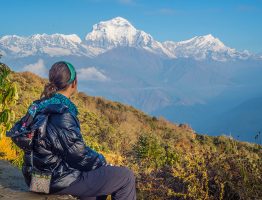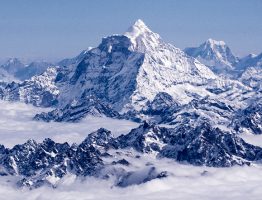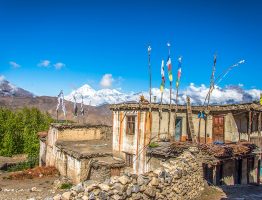Health hazards in Nepal

The dictionary meaning of Health hazard is a source of danger; a possibility of incurring loss or misfortune; For example : “drinking alcohol is a health hazard”. In developing countries like Nepal, acute sanitation problems and various water borne diseases such as diarrhea, dysentery, cholera and typhoid threaten the disaster affected poor and vulnerable people, especially due to the lack of safe drinking water, medicines and hygienic foods. Every Year in Nepal , there is a huge loss of lives and economy due to the several natural disasters. Such disasters are also termed as biohazard. They deteriorate the environment and biological entities. These natural disasters brought the different health hazards too. Such natural disasters can be flood, landslides, contamination in the drinking water. Flooding and landslides lead to many vector borne diseases through the expansion in the number and range of vector habitats. Stagnant water caused by heavy rainfall and flooding act as breeding sites for mosquitoes and insects enhancing the exposure of affected people to dengue, malaria, flu and other infections. Although the public attention is normally paid to the risk of physical property destruction caused by floods, it is strongly recommended that each of us practice some basic precautions to prevent possible diseases and injuries during and after floods to maintain good health.
Health statuses of Nepalese people are still in endangered mode in comparison to other South Asian countries. As per the calculation of 2016, Infant mortality rate is 28.9 per 1000 live births. Bacterial diarrhea, hepatitis A and E, typhoid fever Japanese encephalitis, malaria, and dengue fever are still in awakening mode. On contrary small pox, Polio, Leprosy, Maternal and Neonatal Tetanus has been eliminated on good terms. Every year there is the breakdown of some disease. Birdflu, swineflu are some of them. When the infection of Ebola was so dangerous in India and other countries Nepal had a very more possibility of having Ebola infection. Nepal tion and is a landlocked country and here thousands of tourists come to visit our Country. Since there is not any proper controlling administration and authentic bodies to guide the entrance and exits of tourists they are also the source of health hazard in other hand.
In rural society especially the western part of Nepal, where there is not the proper provision of health facilities and Hospitals, yearly due to the epidemic diarrhea and dysentery, hundreds die. It is because of the lack of very basic health facilities. It is the result of the weak decentralization of health facilities and lack of sanitation awareness schemes in the villages. Health hazards are always serious might be in case of natural disaster be the cause or lack of health facilities may be the cause or may be the contamination from foreigners. The government must be well aware about these problems. For example: Maintenance of the river bank properly, early awareness systems, proper decentralization of health facilities to villages and rural and distribution of safe drinking water. For now these aspects are major to be focused upon to reduce the health hazards that are possible in Nepal.


